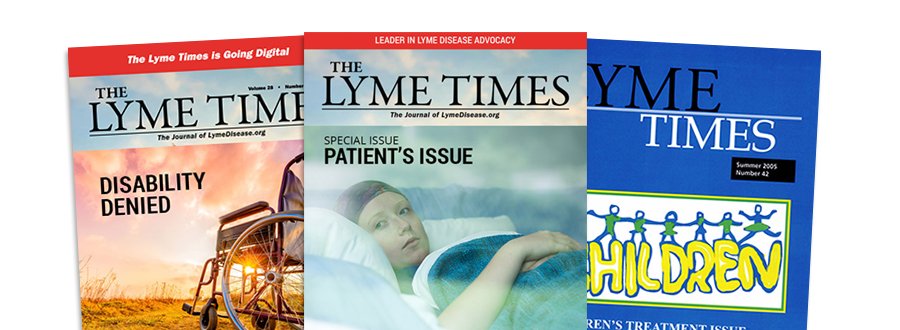- Home
- Find A Physician
- FIND A PHYSICIAN
- LymeTimes
- Current Issue
- Archives
- FEATURED LYMEDISEASE.ORG ISSUES
- Resources
- LYME LITERATE PHYSICIAN VIDEOS
- Physicians
- Members
- About Us
- Resources
 Advocates on behalf of patients with Lyme and other tick-borne diseases made some headway on Capitol Hill in 2019. Of course, much work still lies before us.
Advocates on behalf of patients with Lyme and other tick-borne diseases made some headway on Capitol Hill in 2019. Of course, much work still lies before us.
Bruce Fries is President of the Patient Centered Care Advocacy Group. He provides this summary of what transpired–and what may await us in 2020.
T he federal budget for Fiscal Year 2020 includes several important provisions promoted by Lyme disease advocates working with members of Congress. Here are highlights:
- A $2 million funding increase for CDC’s Lyme disease program—from $12 million to $14 million. This increase was included in the “minibus” appropriations bill, which was signed into law on December 20, 2019.
- The House and Senate Appropriations Committees issued report language (often published with reported bills to offer additional facts, definitions, and directives) containing directives to improve accountability, transparency, and performance of CDC and NIH programs for Lyme disease. Improved accountability should help boost the programs’ performance and ensure that the new funding is used in accordance with congressional intent.
- The Kay Hagan TICK (Ticks: Identify, Control, and Knockout) Act, passed as part of the same minibus appropriations bill, provides additional funding for the broader category of vector-borne diseases. The TICK Act directs the U.S. Department of Health & Human Services (HHS) to develop a national strategy to combat “vector-borne diseases, including tick-borne diseases.” It also authorizes $150 million in funding over five years to support centers of excellence and cooperative agreements with state and local health departments. The Lyme-specific language was removed from the final bill, so additional work needs to be done through the appropriations process to ensure that Lyme disease receives its fair share of the funding.
- Funding for the congressionally directed Tick-Borne Disease Research Program (TBDRP), managed by the U.S. Department of Defense (DOD), increased from $5 million to $7 million. The amount that goes to Lyme disease will be determined by programmatic reviewers, which include patient advocates.
Join or login below to continue reading.
You must be a LymeDisease.org member to access this content.
If you are already a member, log in below. Otherwise, become a member today to access the full content of this article and the full library of Lyme Times articles.
* Physician Directory Memberships do not have access to the Lyme Times.

Related Articles




























